View all filters
Clear
Glosariusz osadzonego
Tuje mesto
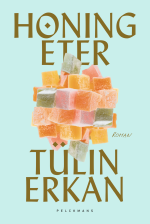
ARRIVALS / GELIȘ (Медолюб)
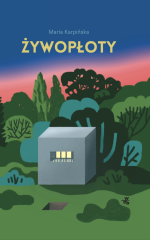
Żywopłoty (The Hedges)
“Debiut Karpińskiej to opowiadania pisane Gombrowiczem, ale fajniejsze, bo o ludziach z naszych ulic” Olga Hund
Opis okładkowy:
Żywopłoty to historia człowieka, którego tożsamość zbudowana jest na narracji – istnieje tylko wtedy, gdy opowiada, dlatego jego dzieje rozpisane są niczym dzieje świata, który on szczelnie wypełnia.
Żywopłoty – z ich odrealnieniem, a jednocześnie koncentrancją na zwykłych, prostych codziennych sprawach – układają się w rodzaj baśni. To baśń o tym, co w życiu najważniejsze.
Poszczególne mikrohistorie można poznawać osobno i przy każdej na nowo odkrywać perspektywy i wymiary człowieczeństwa. Czyta się je – jak utwory najlepszych autorów czeskich, takich jak Pavel czy Hrabal – jak rzecz niewymuszoną, trochę spoza literackiego świata, nieosadzoną w konkretnej rzeczywistości i czasie.
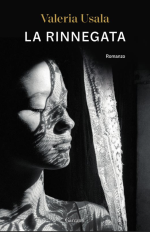
Отхвърлената
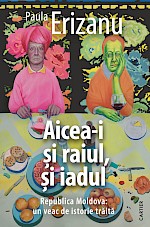
Hej, devojke (It’s Both Heaven and Hell Here. Moldova: a Century of Lived History)
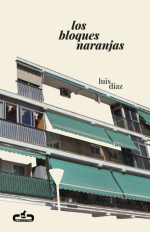
Caseggiati arancioni
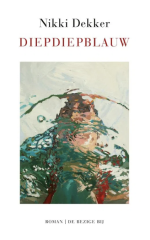
Platýs

Zatajena

Živý plot

Blocurile portocalii
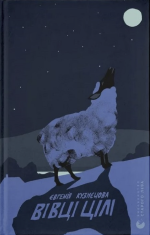
Een Oekraïens kerstverhaal
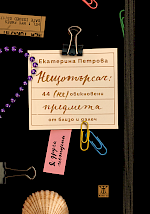
Iskar: 44 (ne)navadnih predmetov od blizu in daleč
Kot namiguje podnaslov, knjiga Iskar vsebuje zgodbe o 44 predmetih od blizu in daleč. Radovedna in raznolika zbirka, urejena po tematikah, vključuje presenetljive najdbe z vsega sveta: škornje iz Butana, tlakovce z Gaudijevim vzorcem iz Barcelone, kozarce za vino iz Baskije, broško v obliki srca iz Sarajeva, espadrile iz Pirenejev, skarabeje iz starega Egipta, škatlo smeti iz New Yorka, kos oranžne tkanine s plavajočih pomolov na jezeru Iseo, slovenskega rjovečega zmaja, zemljevid vzhodnega Berlina in še mnogo več.
Ko Ekaterina Petrova pripoveduje zgodbe o teh predmetih, pravzaprav pripoveduje tudi o krajih, od koder prihajajo – Kustendorf in Katmandu, Ljubljana in Louisiana, Belvedere in Bilbao, Selçuk in Centralni park –, ter jih umešča v širši jezikovni, kulturni, zgodovinski, antropološki ali geografski kontekst. Umetelna mešanica potopisov, esejev in zgodb je skrbno raziskana in podkrepljena z zanimivimi dejstvi, vendar prežeta s subjektivnim pogledom avtorice in njeno osebno biografijo popotnice, prevajalke in iskarke.
Oblikovanje in podoba knjige, ki jo je ustvarila Ljuba Haleva, ena najvidnejših sodobnih bolgarskih ilustratork, dobro in s smislom za humor pričara duh zgodb. Tako tudi sama knjiga postane čudovit predmet, ki prinaša užitek in veselje – za branje in ponovno branje, za posedovanje in obdarovanje.
Portret
Todas as pessoas se tornam irmãos
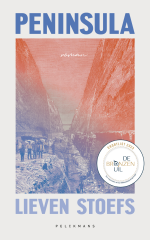
Coridor (Peninsula)
Portrét

Ovce jsou celé
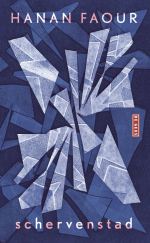
la città in frantumi

Măi, fetelor (It’s Both Heaven and Hell Here. Moldova: a Century of Lived History)
There are few places across Europe which have had the tumultuous story of Moldova in the 20th and 21st centuries. My greatgrandmother, for instance, spent most of her life in the same village while living in four different countries: she was born in the Russian Empire, went to school in Romania, resisted collectivisation and eventually gave in during the Soviet era, and got retired in the independent Republic of Moldova. I share her story in this book, as well as stories of other people with different backgrounds I interviewed, in an effort to create a polyphonic view of Moldova’s recent history. Chronologically, the book starts with the 1903 infamous Chisinau pogrom and it ends with the 2022 refugee crisis caused by the full-scale invasion of Ukraine. Geographically, the stories are rooted in Moldova but they cover the whole world thanks to the processes of migration that characterised all of the communities described in this book — Jewish, Roma, Armenian, Moldovan, Ukrainian, Russian etc. — at different points during history.